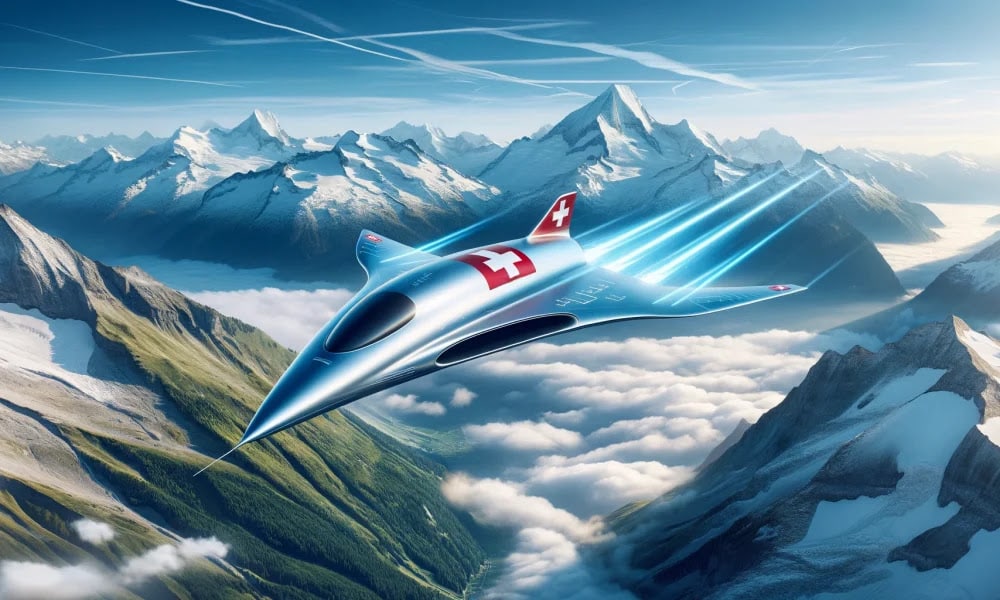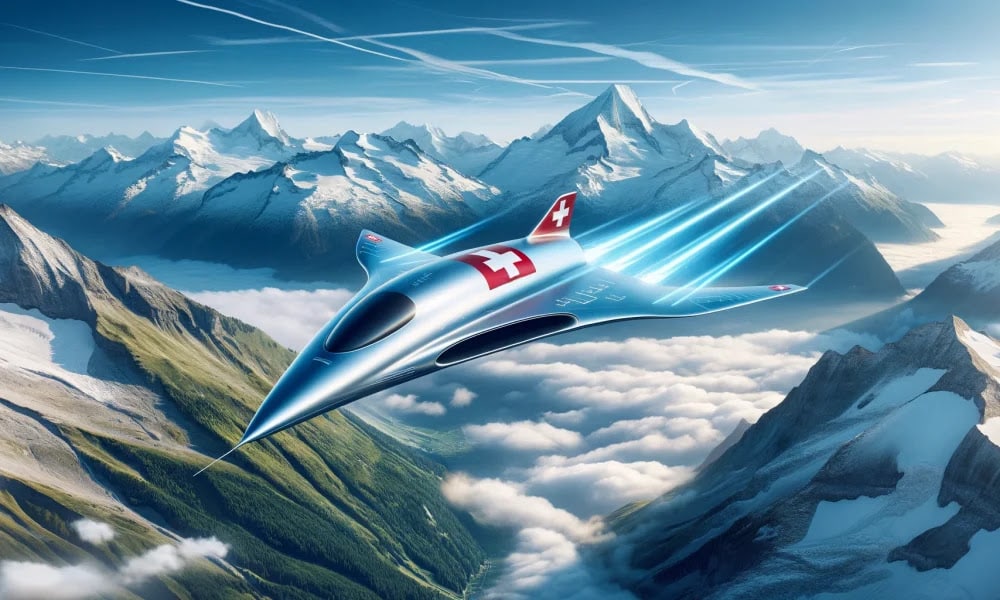
Swiss start-up Destinus is designing a hydrogen-powered hypersonic aircraft that would fly from Germany to Australia in four hours. This project, financed in part by the Spanish government, is part of the Spanish program to become a leader in the development and manufacture of mobility solutions using hydrogen.
Within this framework, the start-up has received 12 million euros from the Spanish government to develop hypersonic hydrogen flights. This project is also financed by the European Commission’s Next Gen fund and involves Spanish companies and universities. Destinus, which has been testing its prototype for several years, is very confident about the future of its prototypes
The goal is to offer a flight from Frankfurt to Sydney in 4 hours and a flight from Frankfurt to Shanghai in 2 hours and 45 minutes. The grant awarded by the Spanish government will finance the construction of a test site near Madrid for the compressed air hydrogen engines that the start-up Destinus is helping to design and test.

This first project will be followed by a second, estimated at 15 million euros, which will focus on research into liquid hydrogen propulsion and testing of propulsion systems for future supersonic aircraft using hydrogen. Currently, the amount of heat generated by the combustion of hydrogen poses a design problem for developers.
This problem is being studied in parallel by various universities and research institutes. In particular, the Royal Melbourne Institute of Technology in Australia has developed a 3D-printed catalyst that can interact with the combustion and cooling process of the fuel. This feature allows it to combat the high heat generated when aircraft fly at high speeds, Mach 5 or more, or five times the speed of sound.
It is important to note that Destinus is not alone in this race. American companies like Hermeus and Boom Supersonic are also making significant progress in hypersonic flight. While Hermeus develops Mach five engines for the US Air Force, Boom Supersonic is working on the Overture jet, although it does not aim for the same speeds as Destinus.
Some aeronautic specialists do not believe in the project, but the management of Destinus remains optimistic. They plan to carry out the first flight with a jet engine powered by kerosene by the end of 2024, at the latest, in the first quarter of 2025, gradually integrating hydrogen into their systems. The goal is not only to build a faster aircraft, but to revolutionize air transport with a sustainable and efficient model.




